According to Google Translate, “zhong yi” means “traditional Chinese medicine” and it did indeed cure one of my photographic afflictions.
Around 20 years ago, at eye watering cost compared to earlier camera purchases, I took the plunge and bought a Fuji S2 Pro body with a Nikon 24-120 zoom to replace the Olympus C2000 I had been cutting my teeth on with digital. I do like wide angles, however, and so the 36-180 effective zoom range didn’t cut the mustard for me. So, with even more expense, I added a Sigma 10-20 APS-C zoom to get me the wide angle range I wanted. Finnicky as ever, because I take a lot of architecture, the moustache distortion on this lens led to still more frustration when trying to correct distortion and perspective. And so it went on.
Eventually, when the megapixel race had left my poor little 6, maybe 12 mp (another story) sensor in its wake, I moved to Sony and a 20+ mp sensor with the Alpha 3000 and a Nikon to Sony-E adapter.
By this stage I had narrowed my lenses down to four, a 17mm and 28-200 zoom from Tamron, a Hanimex pre-set 300mm long focus and an ancient pre-Ai Micro Nikkor which I had taken a file to and converted to Ai and which has proved indispensable, both on the Sony and on my Nikon F801. Soon afterwards, the Metabones Speed Booster came onto the market but was a bit too expensive for my requirements, since I did not really need any connection between lens and body. Then I discovered the Zhong Yi Lens Turbo II, which did not offer any connections and was far less expensive as a result. This adapter allowed me to use Nikon fit glass on the Sony, solving the wide angle issue by utilising almost the full coverage of my full frame prime lenses, whilst optimising the optical performance of all my lenses.
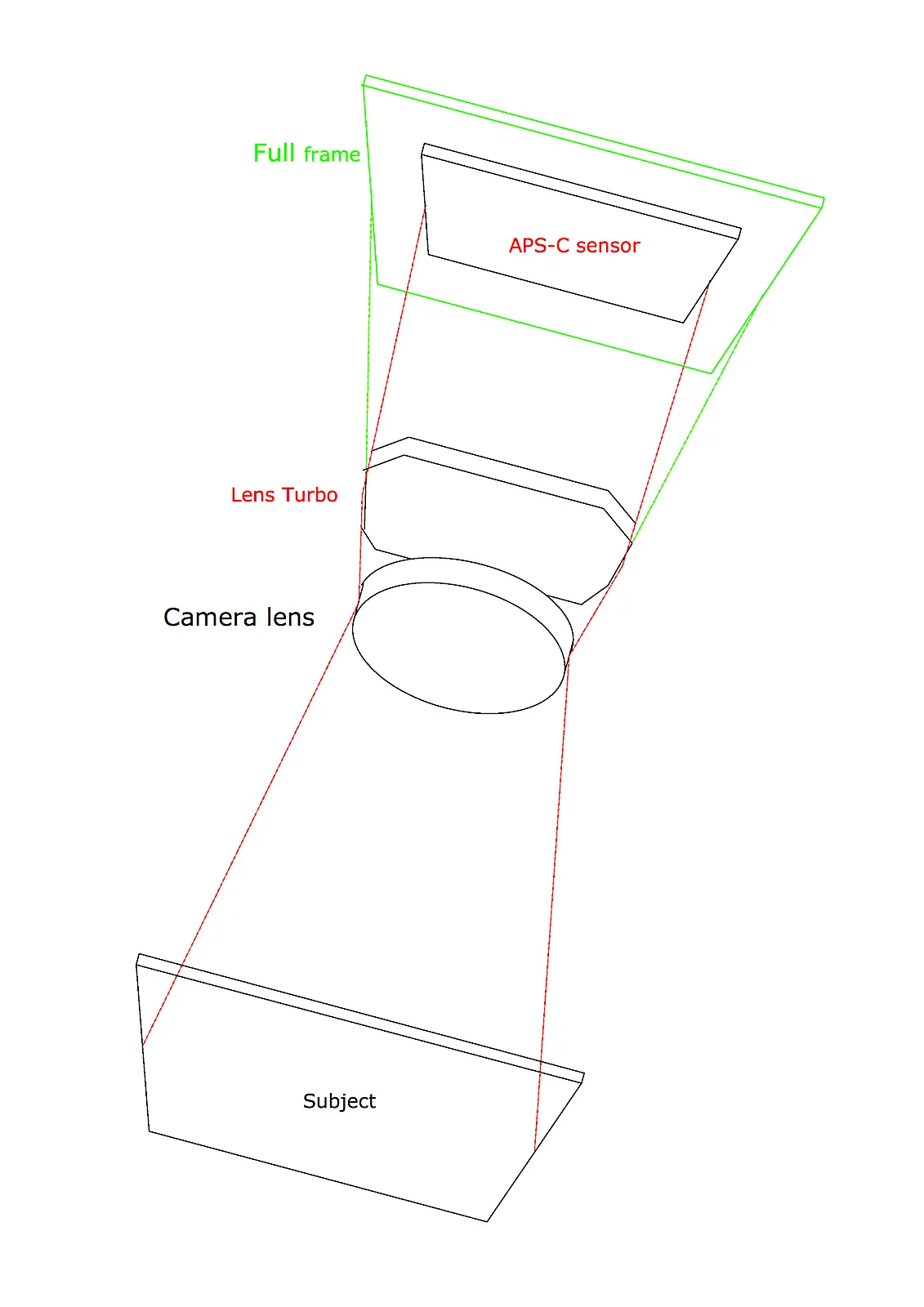
So what is it?
The ZHong Yi Lens Turbo II is an ingenious device sqeezes down the full frame image being projected by a full frame lens to fit the APS-C sensor preserving a shade under full coverage on the smaller sensor. It allows various makes of legacy, film era lenses to be fitted to a range of APS-C and Micro 4/3 bodies whilst retaining infinity focus and just a little less than the original coverage. The difference between a “dumb” adapter and this one is the optics it contains. As mentioned, they sqeeze down the image from full frame to roughly half frame, somewhat like a condenser concentrates the bulb light source in an enlarger to match the negative. It has a factor of 0.72x so crops the full frame a little. The 0.72x magnification brings the 24 x 36 frame down to 25.9 x 17.3, a little larger than my 23.5 x 15.6 APS-C sensor.
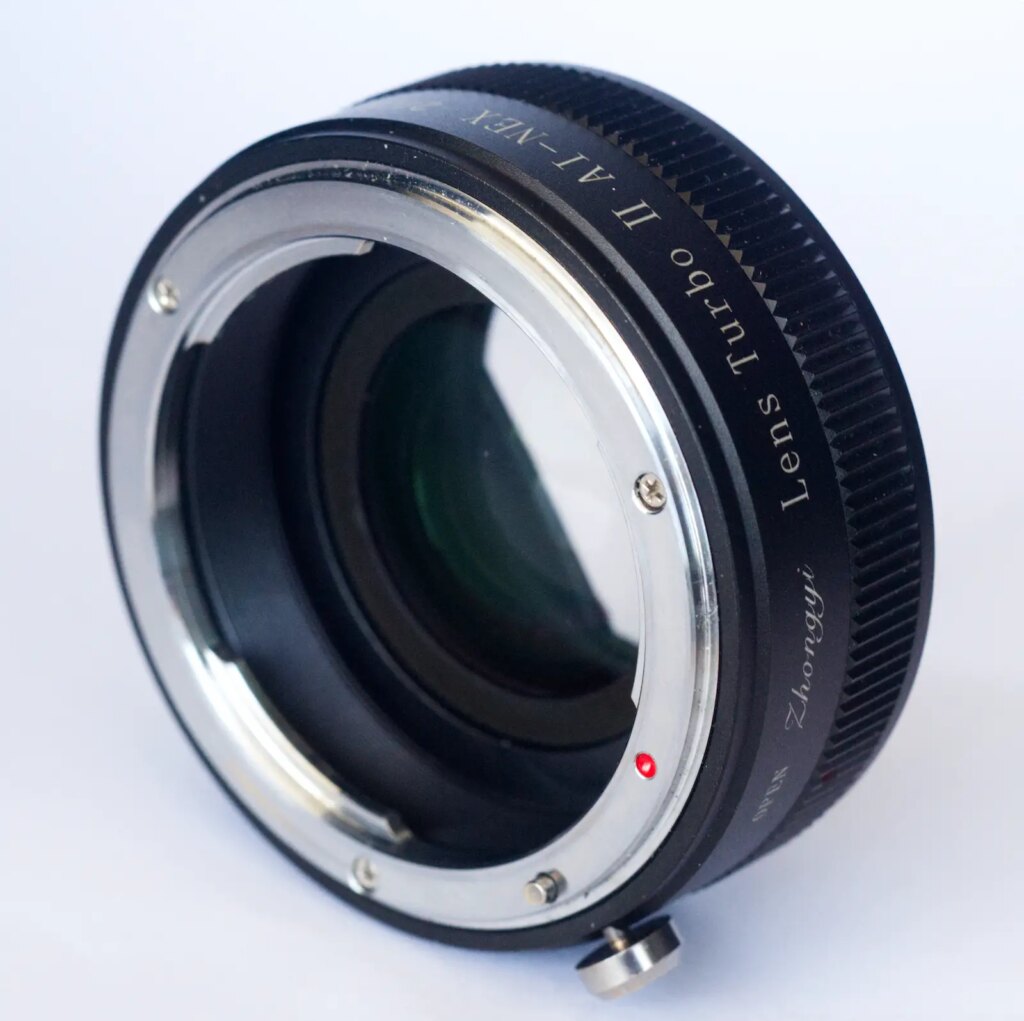
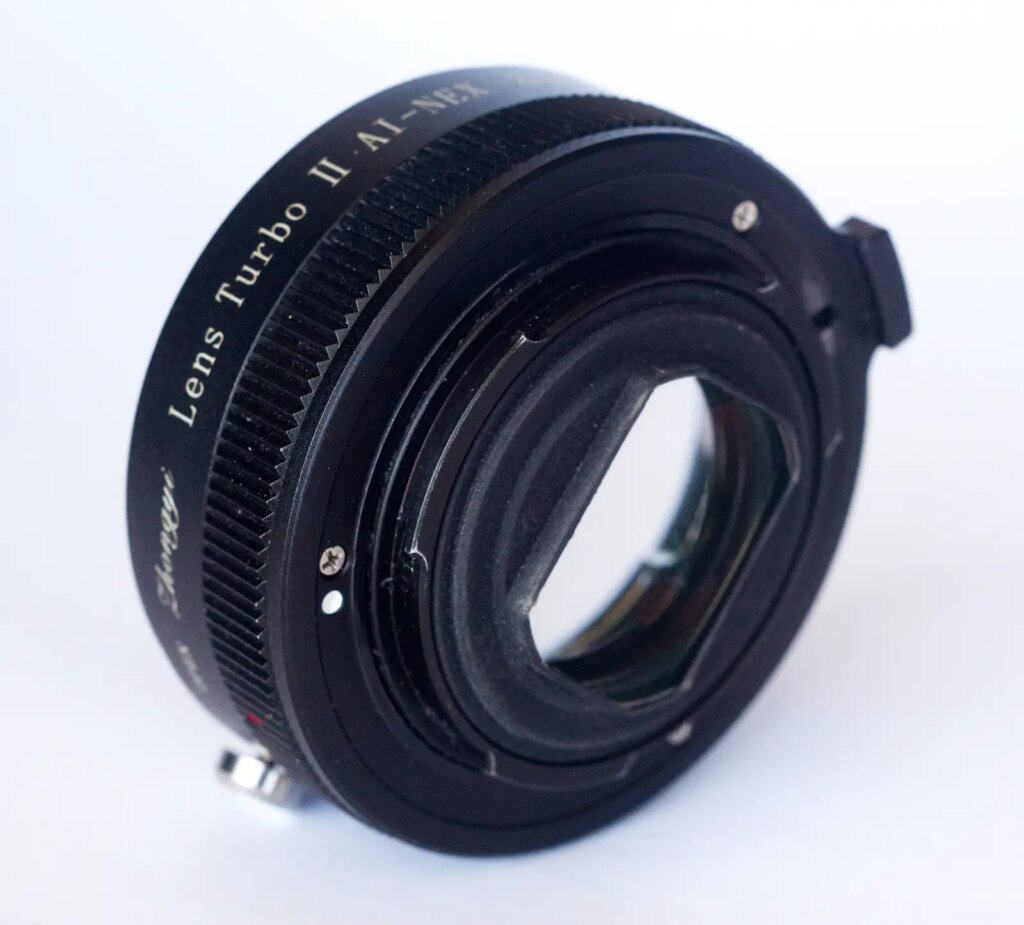
Materials and manufacture are of good quality and the fit to both the Sony and Nikon bayonets is smooth and positive. Mounting on the camera is a little unusual using a breech lock, once favoured by Canon among others. The adapter is put in place and the rear ring turned to lock the bayonet into place, the adapter itself not rotating. Once mounted on the camera the ZHong Yi Lens Turbo II feels secure but not bulky or in the way, effectively simply forming an extension to the lens barrel.
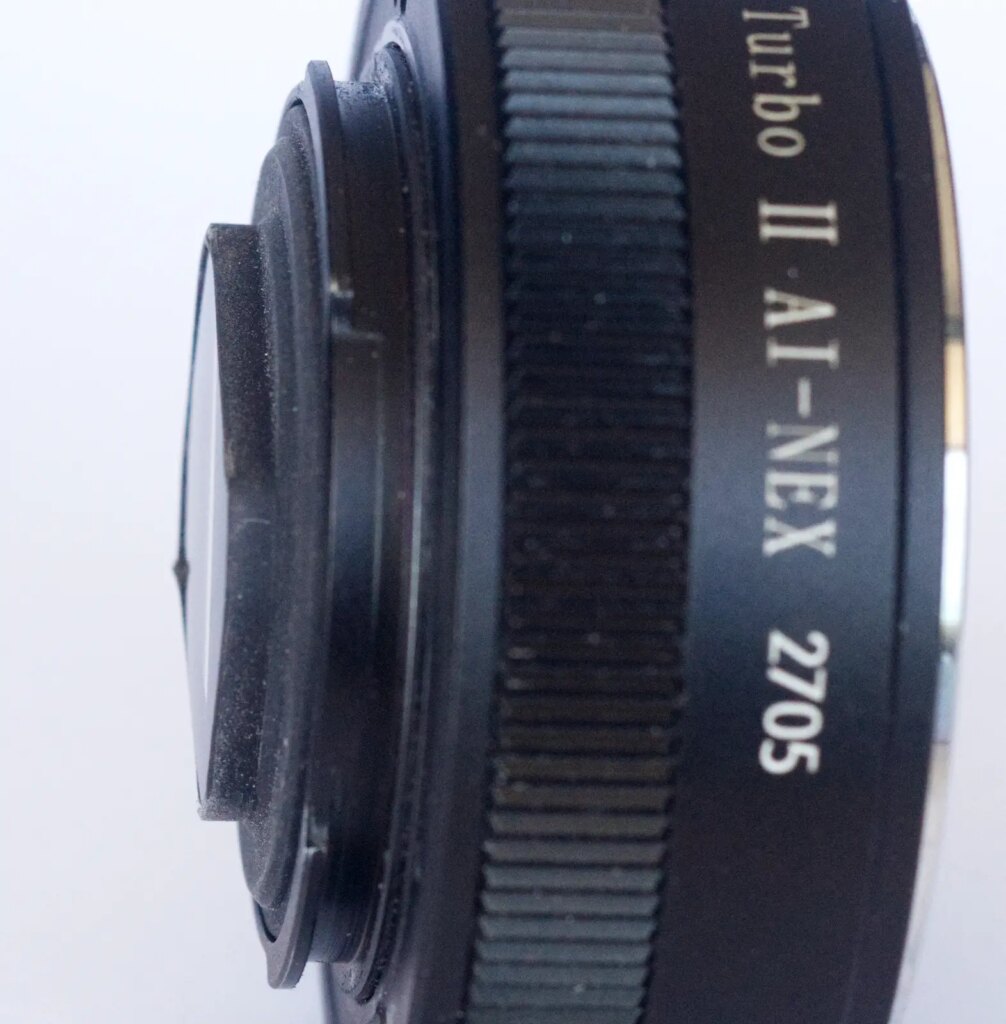
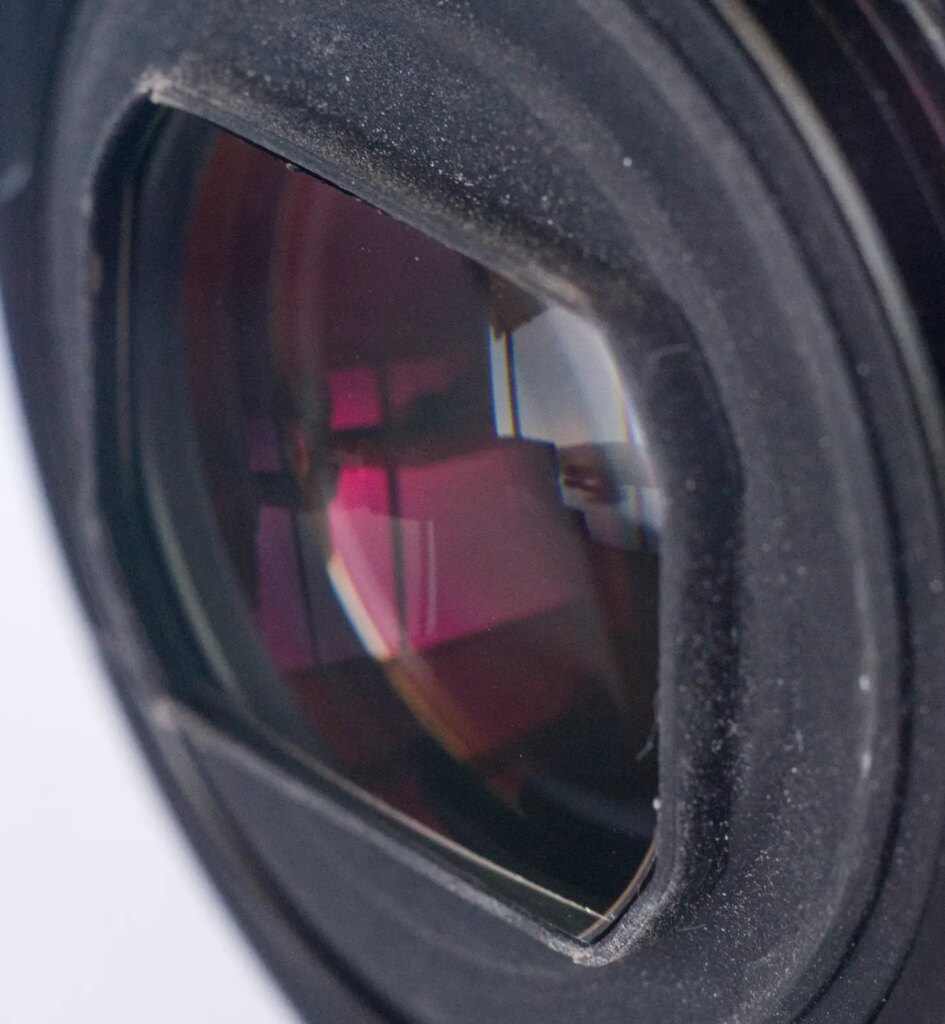
The instruction sheet sounds one warning. Some lenses have rear elements that extend well behind the bayonet mount and in some cases will foul the front element of the adapter when focused at or near infinity. This should be checked carefully to avoid damaging anything. The instructions detail how to do this safely. Also, the rear element of the adapter is very exposed and needs care in handling.
On my example there is no problem with the adapter’s optics and they are very accurate, not seeming to introduce any unwanted effects into the image. I think they may actually improve things a little. Not very scientific I know, but because the rear element is roughly the same size as the sensor, the light rays are in effect being straightened so that they arrive at the sensor at close to 90º. Corner sharpness and chromatic aberration might be improved as a result. My examples would seem to bear this out, the result with the adapter looking a little crisper but certainly no worse. For these examples I took one shot at 50mm with a dumb adapter, giving 75mm effectively, and one with the Lens Turbo fitted at approximately 75mm, both on the 28-200 zoom and focussed on the leaf at the top right of the frame. The discrepancy in coverage is partly a result of the magnification factor mentioned above and the rather imprecise focal length markings on the zoom.
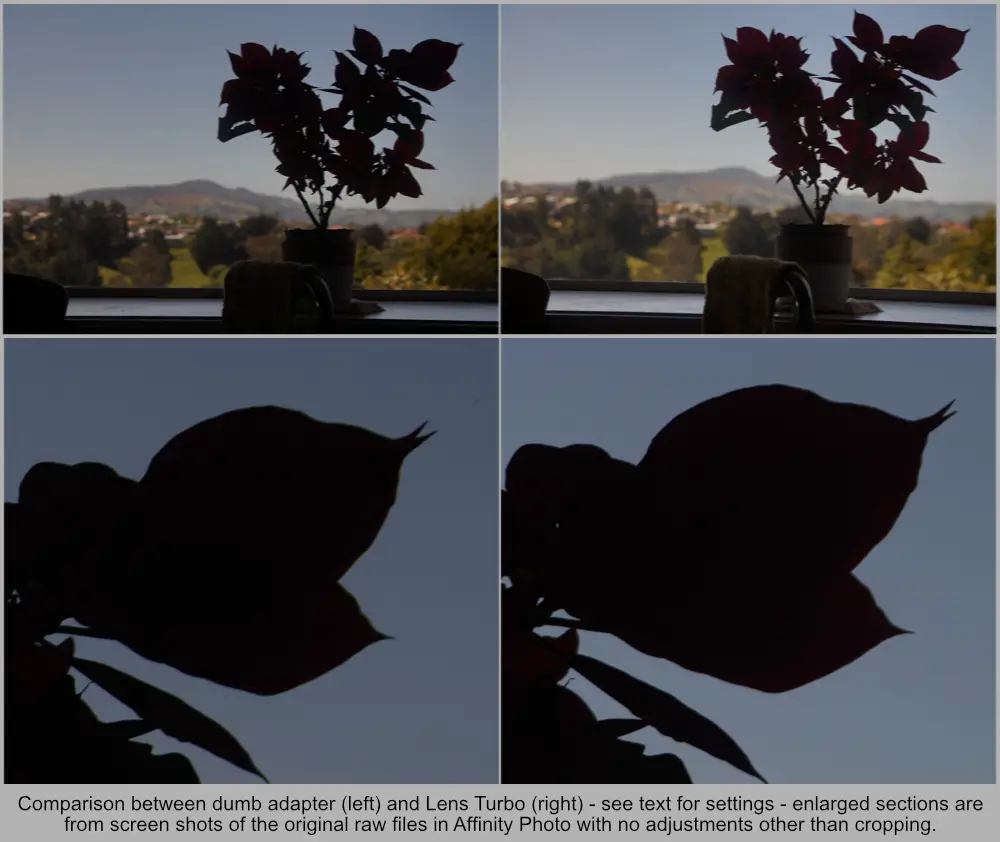
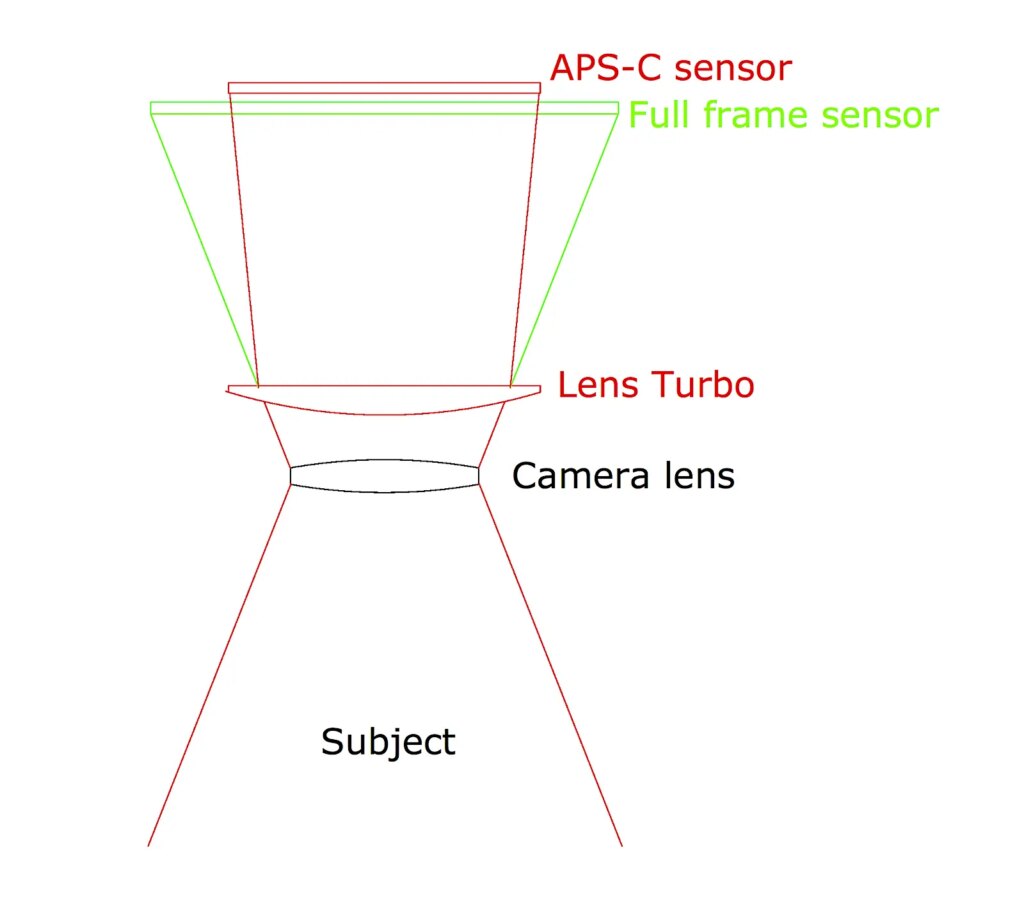
The examples demonstrate another feature of these devices and the rationale for their names, which is that they pass more light to the sensor, giving roughly one extra stop’s worth. Both were shot at 1/640 sec at f5.6 and ISO 100 on manual and the frame taken with the adapter is visibly lighter.
So what?
Well, there are several advantages to be had.
Firstly of course, the lens coverage is more or less maintained, especially useful for wide angles. My 17mm Adaptall gives me only a little more than 17mm in practice but I am using virtually all of the optical design’s performance, not just the central area.
Secondly, as mentioned, the adapter delivers an extra stop of light to the sensor. This gives several knock-on options:-
1. A faster shutter speed can be used to combat camera shake or stop action, or
2. A smaller stop can be set for greater depth of field, or
3. A lower ISO can be used to reduce noise.
On the down side, the only real disadvantage is that, despite the higher light transmission, the sensor accepting that light is still an APS-C sized sensor and not a full frame one. The light gathering ability of this size sensor will never match that of an equivalent size full frame one which will have a physically larger pixel size with less noise potential.
Other disadvantages would be the loss of extra reach in telephoto, but a dumb adapter can be substituted to get over this if it is important, and the lack of any connection between the lens and camera body, in my case not too serious using legacy glass.
Bottom line.
Given that I am a long time amateur, a pensioner and a Yorkshireman, the idea of shelling out the vast amounts needed to acquire a full frame outfit makes me shudder. My investment in the ZHong Yi Lens Turbo II, however, has been one of my best ever.
If I think of what I could or could not have done with or without this accessory, it is really a no brainer, especially as there does not seem to be any effect on lens performance. Some examples of results with it fitted:
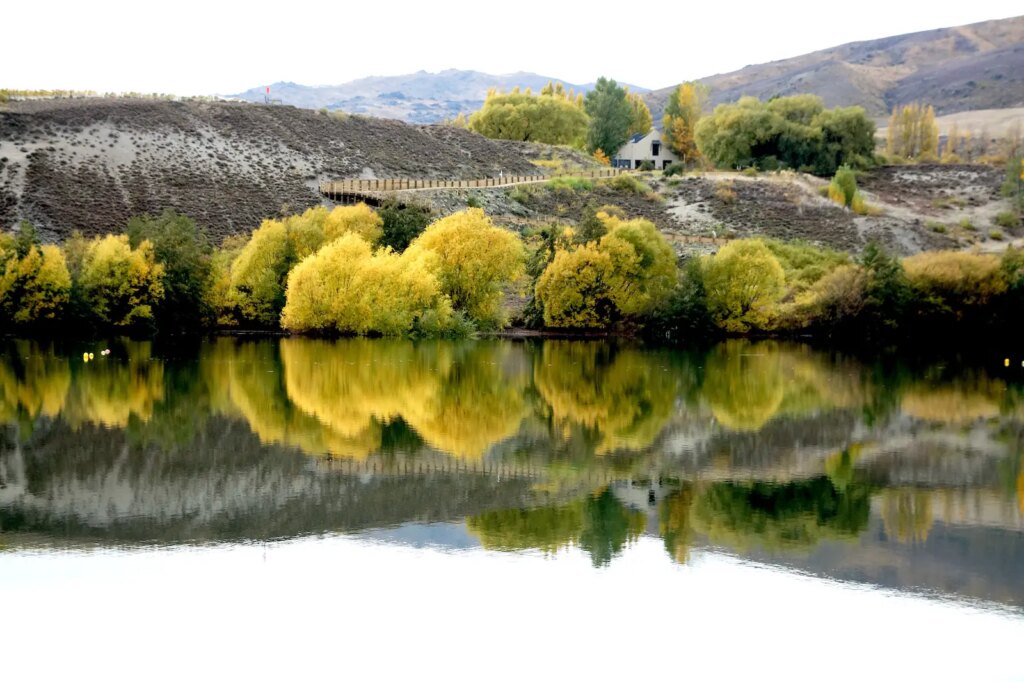
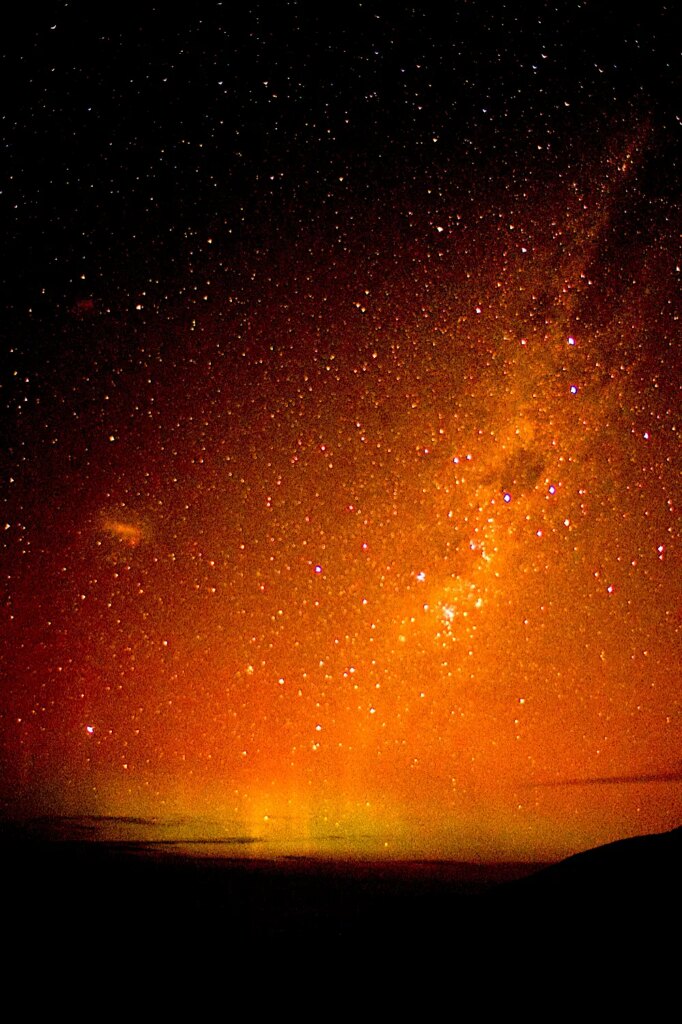

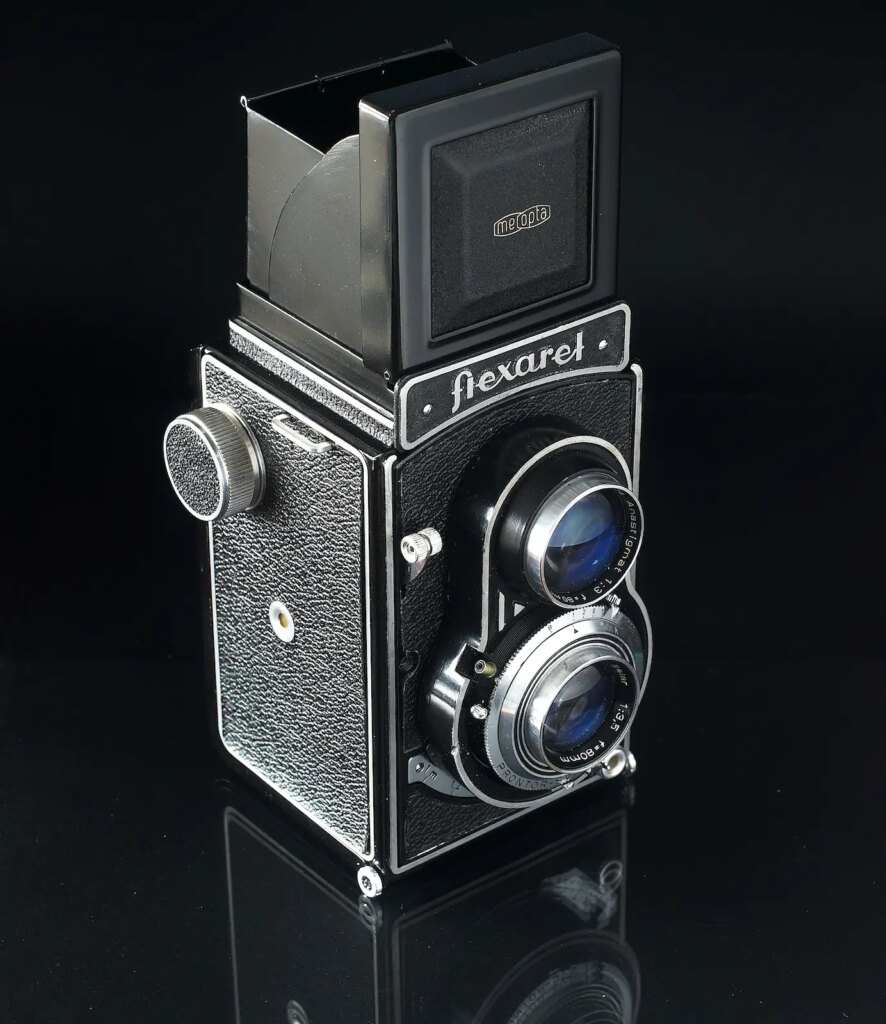
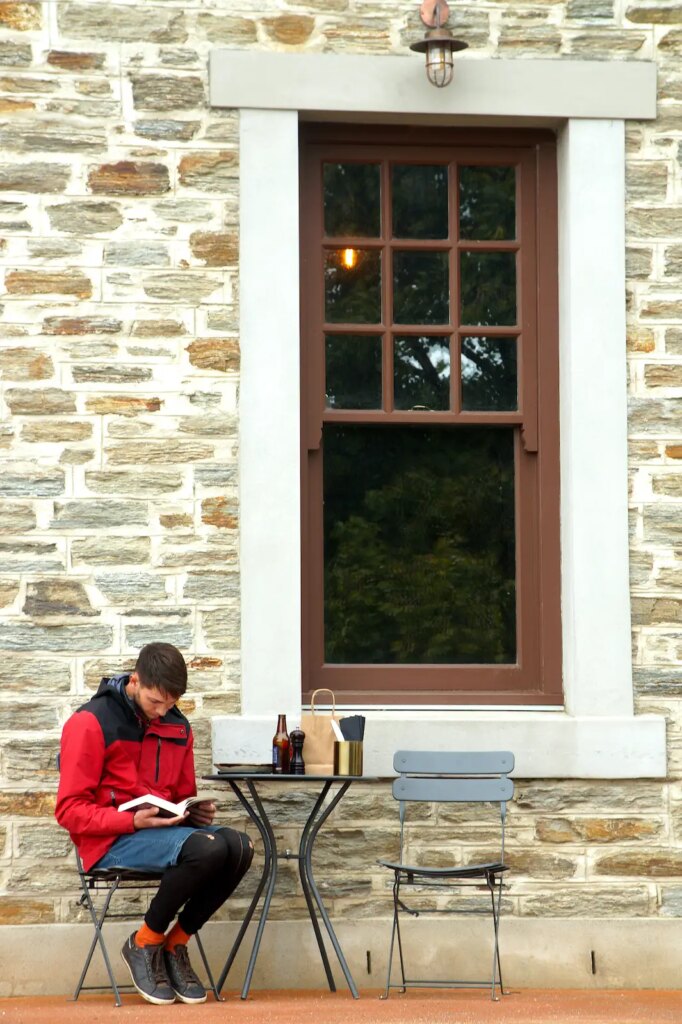
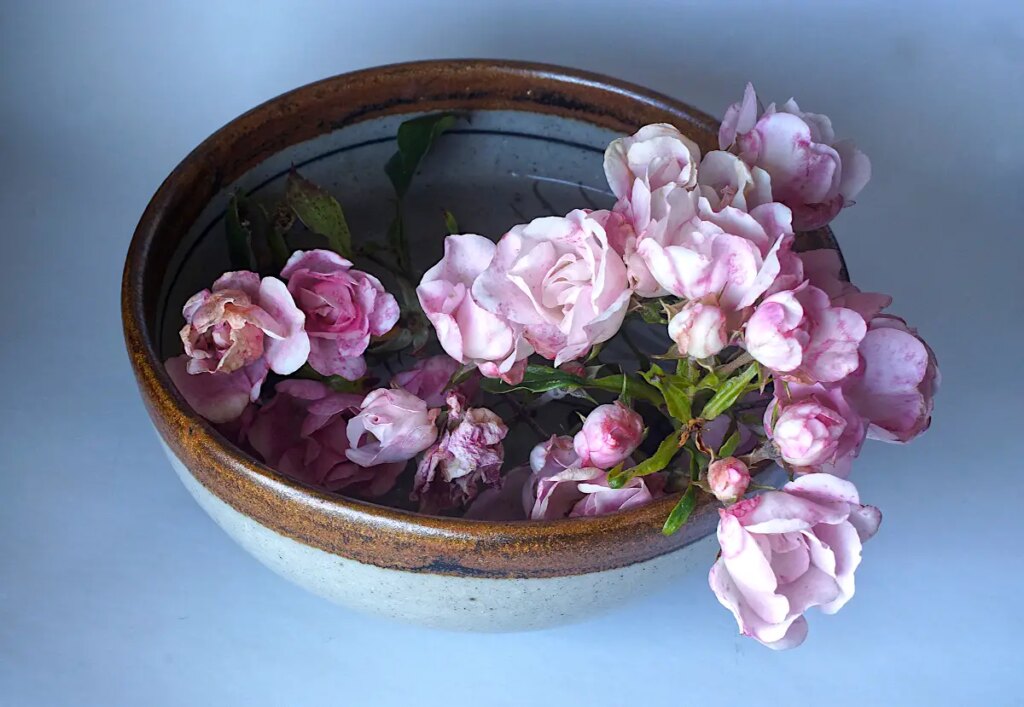
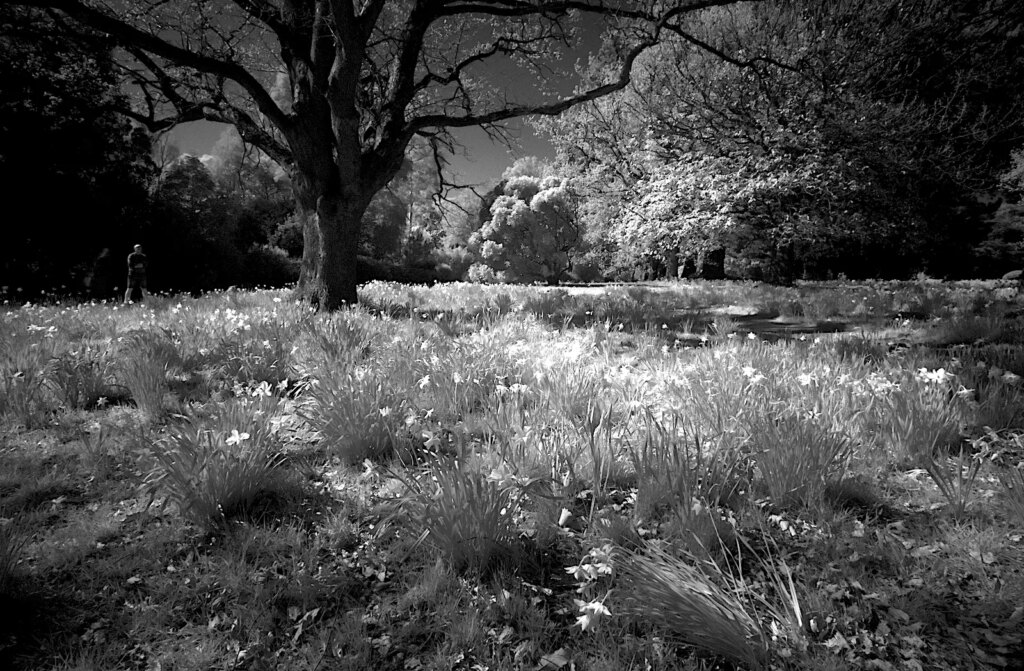
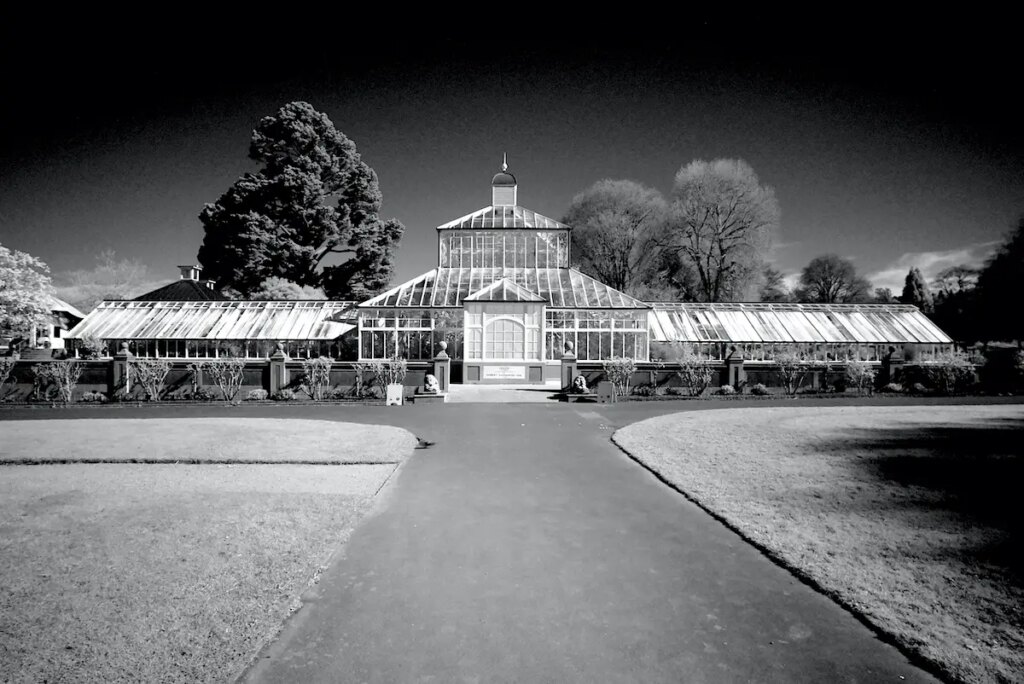
The ZHong Yi Lens Turbo II has massively added to the enjoyment I get, even now in my 80s, from creating an image. Whilst I still get great pleasure from using my small collection of film cameras, I also love the variety and flexibility of digital. The Lens Turbo allows me to mix and match between the two mediums with the same equipment. Thinking back, I would spend laborious hours in the darkroom producing results that I can now create in software and print out in much less time whether they originate on film or a digital sensor.
A good range of lenses is crucial to all this of course and the Lens Turbo plays an important part in providing that for an APS-C user. Setting aside the potential noise problem, there is no real downside. After all, a megapixel contains the same information whether it is formed on a full frame sensor or a smaller one so there will be little difference in the results other than in low light or at huge image sizes.
So, no acupuncture needles or herbal preparations, just a very successful cure for one of my ills.
Share this post:
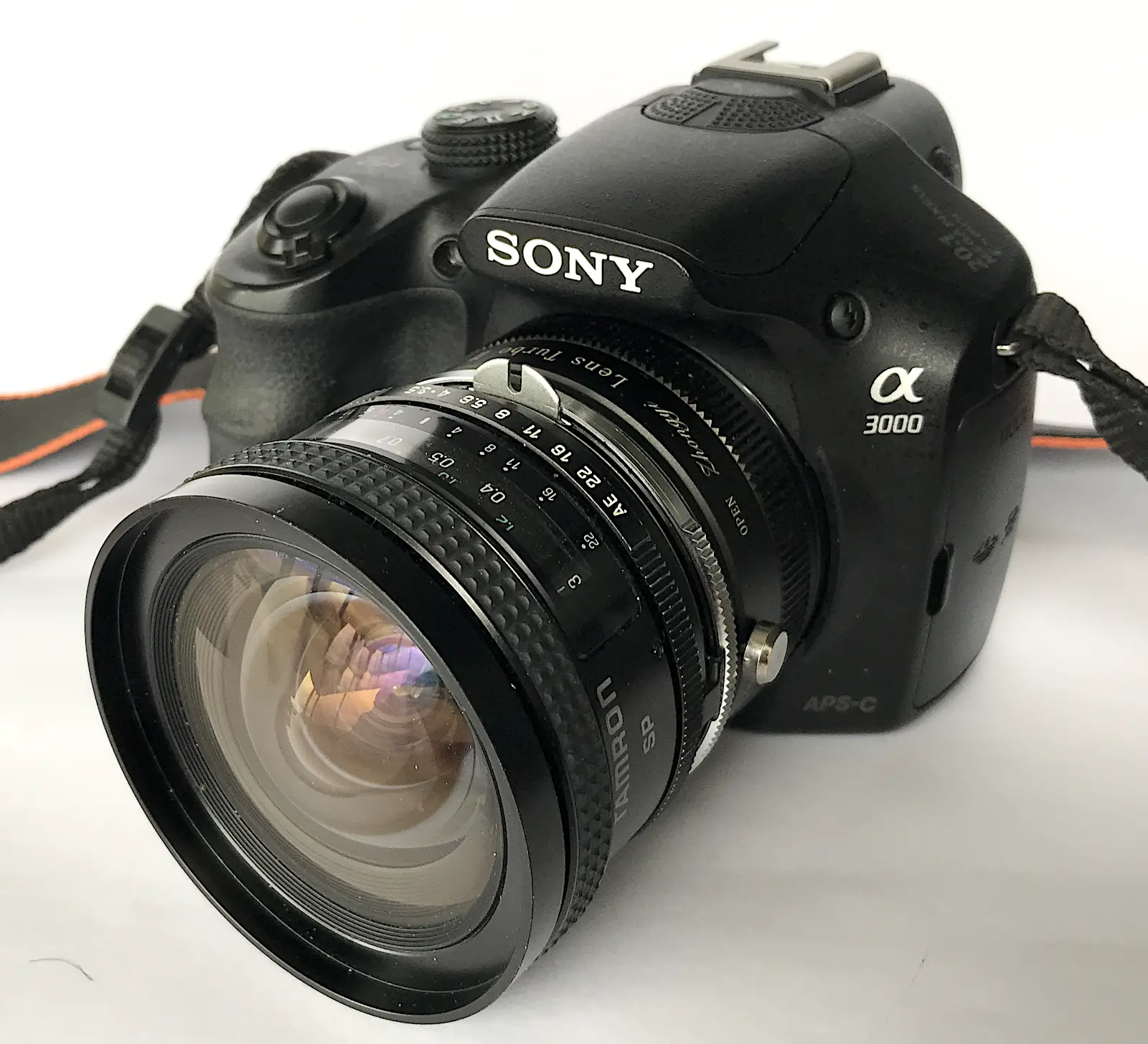


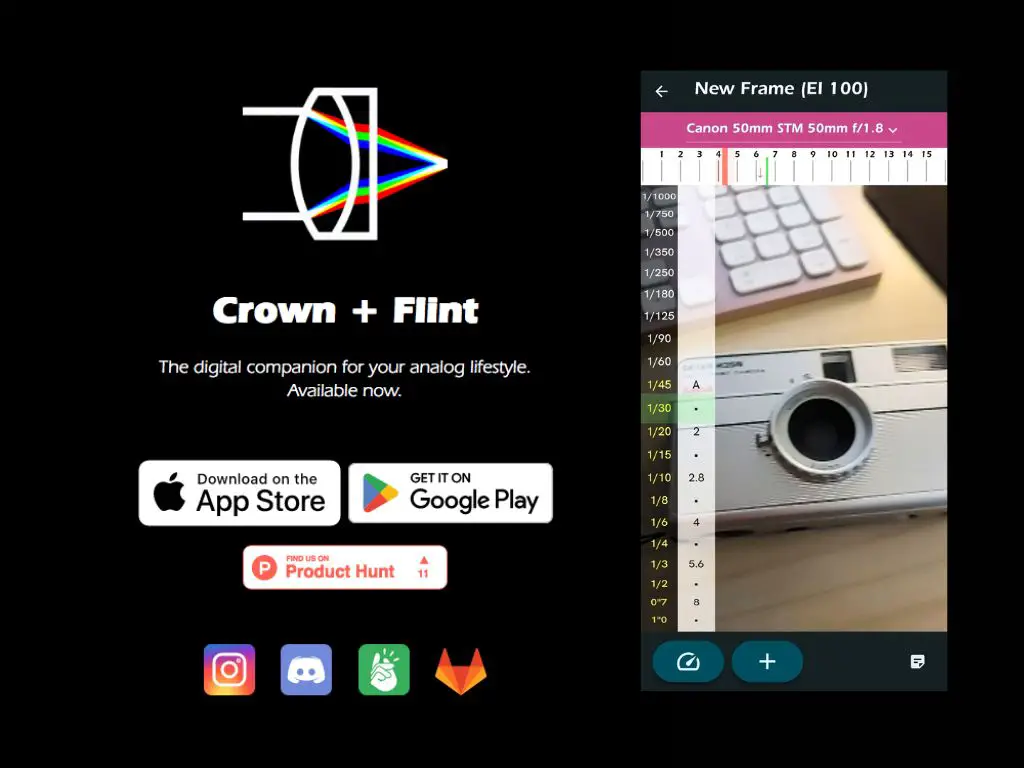
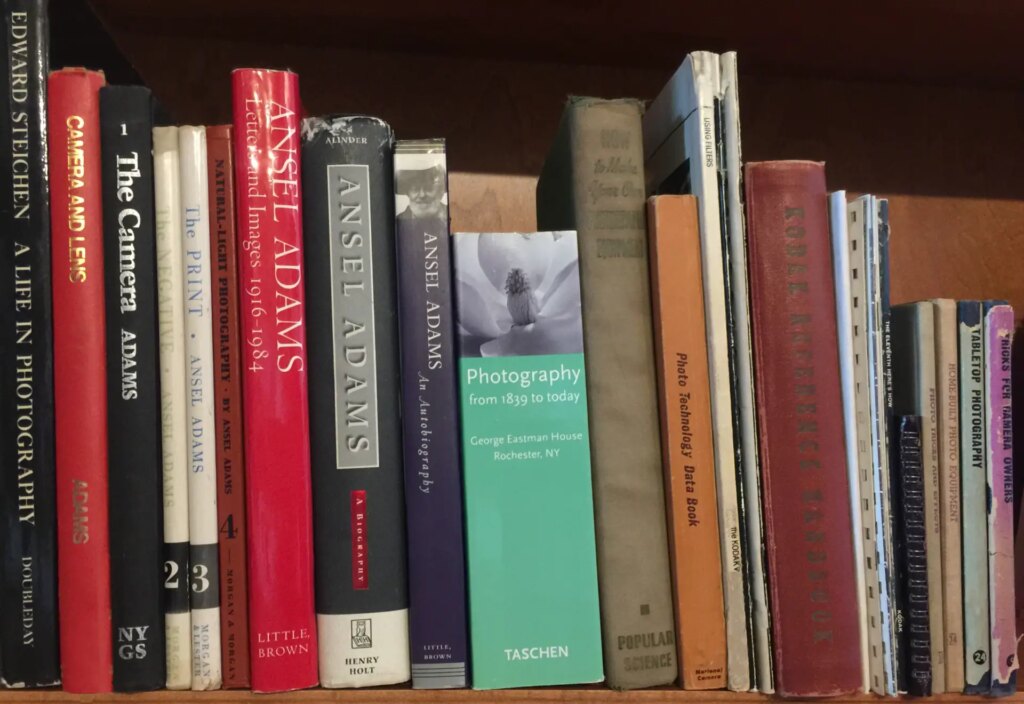




Comments
Nick Lyle on ZHong Yi Lens Turbo II Review – The Cure – By Tony Warren
Comment posted: 16/12/2022
Comment posted: 16/12/2022
Matthias Steck on ZHong Yi Lens Turbo II Review – The Cure – By Tony Warren
Comment posted: 18/12/2022
So in the end I completely switched to fullframe (and analog) and sold the Lens Turbo.
Tony Warren on ZHong Yi Lens Turbo II Review – The Cure – By Tony Warren
Comment posted: 19/12/2022
Comment posted: 19/12/2022
Comment posted: 19/12/2022
Lee on ZHong Yi Lens Turbo II Review – The Cure – By Tony Warren
Comment posted: 20/12/2022
Comment posted: 20/12/2022